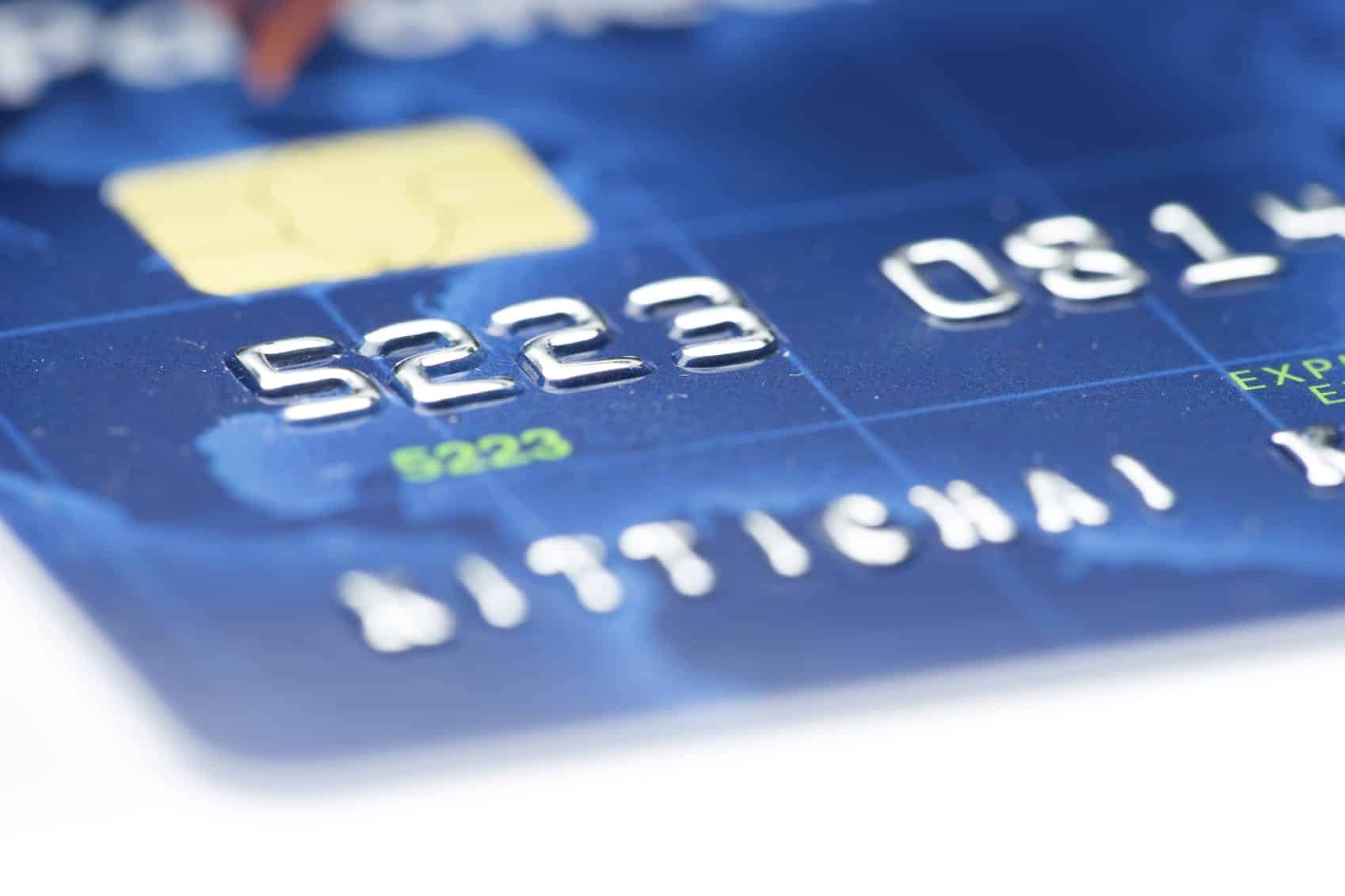Any business that accepts credit cards runs the risk of incurring chargebacks, or disputed transactions. When a dispute is made, the business owner reverses the transaction and the customer receives his or her money back. Chargebacks are meant to protect consumers from unauthorized transactions, but the system often can be abused.
When chargebacks get out of control, businesses could incur huge losses and their image could be tarnished among credit card processors. This is why it is important to reduce the number of chargebacks your business handles, focusing on reducing some of the easy-to-prevent transaction disputes without the assistance of a credit card company.
There are various chargeback prevention methods business owners can use. These efforts can be simple, but they also can play a significant part in reducing unnecessary costs and time spent handling these issues. Here are three tips for reducing chargebacks at an independent business.
1. Work to Reduce Fraudulent Charges
When a person uses a stolen credit card information to make a purchase at your business, the real credit card holder likely will seek a chargeback. This person will want to be reimbursed, and your business could be stuck paying it. The best way to prevent chargebacks through credit card fraud is to be proactive in reducing fraudulent charges.
Businesses can implement several different types of policies that can help deter fraudulent charges. For example, when a person uses a credit card in a store, he or she could be required to show identification. This can help cashiers determine if the person making the purchase is legally using the credit card. If identification cannot be shown, businesses can refuse to accept the card.
If a person uses a credit card for an online payment, verifying the sale could be a little more complicated. Businesses could require a CVV or CVV2 code — the three or four digit number located on the back of the card — to make the purchase. This can help to prove the customer likely has the physical copy of the card, rather than just the card information.
Sometimes, business owners may be forced to rely on their instincts when trying to determine if a transaction is fraudulent. For example, if a business receives several high-dollar orders on the same card in a short amount of time, the information could be stolen. Putting time and effort into determining the legality of the transaction could save your business from a chargeback.
2. Maintain Thorough Records and Documentation
Keeping meticulous records and documents relating to credit card transactions at your business could help reduce the number of merchant-error chargebacks you handle. Being able to prove who made a purchase, when the purchase was made and the total amount for the transaction is important. This is especially true if a customer is disputing the charge.
If a person initiates a chargeback, your business should be prepared to prove the charge was valid. Without paper documentation and proof of receipts, this could be difficult to do. If you do not have proof the card holder was the one who made the purchase, the chargeback could be uncontested and you could be forced to pay the entire value of the transaction.
Physical stores can use various methods to document who made the purchase. Most businesses that accept credit cards require a signature, which could be compared to the signature on the back of the card. Another way to document an authorized charge took place is to imprint it on the customer’s receipt at time of checkout. All of these things could play a role in making sure valid transactions are not reversed.
3. Provide High-Quality Customer Service
Working with customers and providing a trouble-free resolution through customer service can also be a way to reduce refund-related chargebacks. Often times, customers resort to chargebacks after attempting to resolve a complaint with the business. If you assist credit card holders who have issues with transactions at your store, you could avoid getting the credit card company involved.
Make sure your customers and people who need to contact your business can reach you. You should provide phone numbers and email addresses on your website, and it also could be included on a receipt. If you are there to answer a customer’s questions and explain the charges, you could defuse the situation. If the customer still would like a refund for the charge, this is something your business could handle without dealing with the chargeback. The customers often just want to be reimbursed, and they likely don’t care who is paying for it. Taking a small loss on a single refund could help save your business in the long term.
Chargebacks will always be a part of owning and operating a business that accepts credit cards. You never will be able to eliminate them completely, but you can be proactive in decreasing the number of chargebacks from fraudulent charges or unhappy customers. This requires a firm and relentless approach to documentation of everything involving credit card transactions and providing quality customer service.

